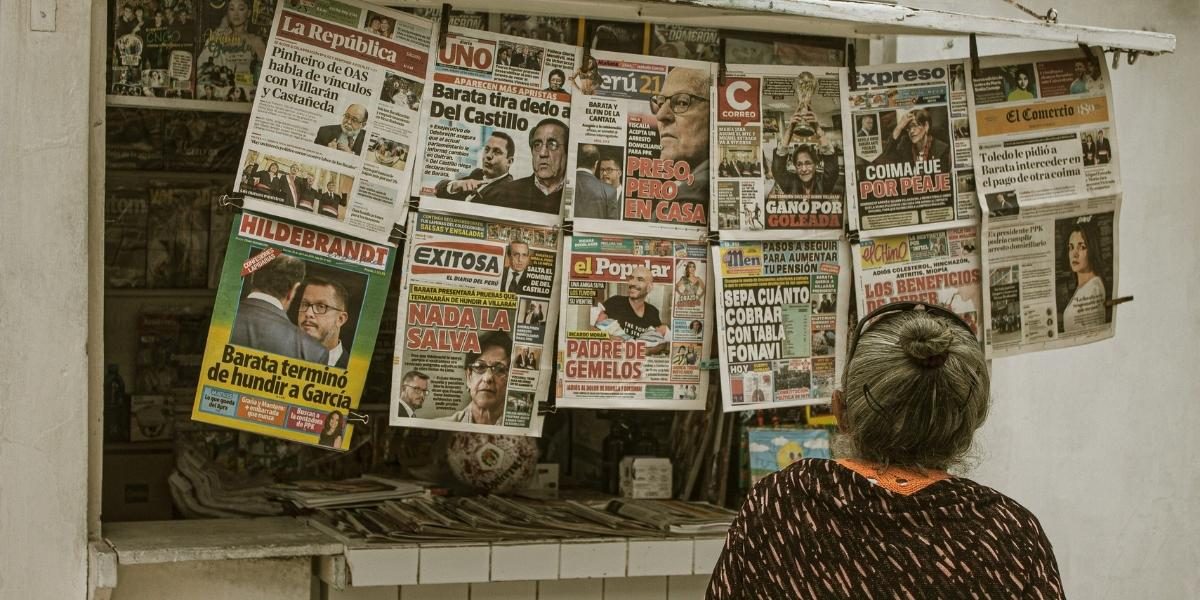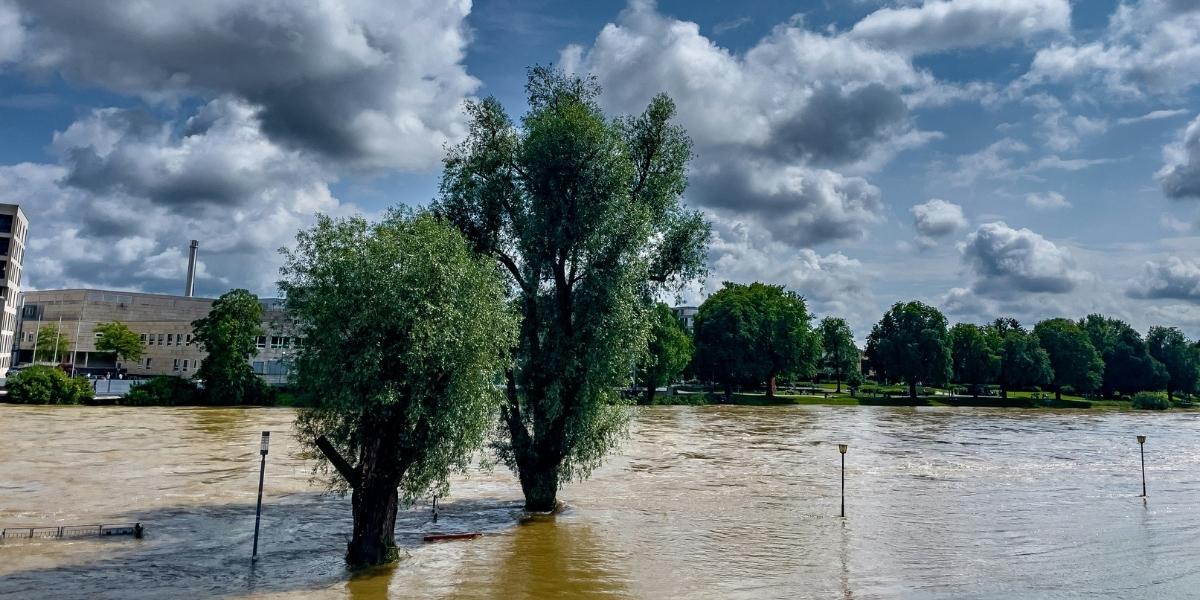Mastering Media Literacy: Your Guide to Identifying Fake News
In an age where information is constantly at our fingertips, the ability to discern truth from falsehood is more important than ever. Fake news has become a significant issue, influencing public opinion and even affecting democratic processes. How can individuals sharpen their media literacy skills to identify fake news, and why is this skill essential in today’s digital world?
Read Also: How Entrepreneurs Can Navigate Business Taxes
Why Is Media Literacy Important in the Age of Fake News?
Media literacy refers to the ability to access, analyze, evaluate, and create media content in various forms. In the age of fake news, this skill is crucial for distinguishing between reliable and unreliable sources. With the rise of social media platforms, anyone can publish information, whether true or false, and it can spread rapidly to millions of people.
Industry experts suggest that the proliferation of fake news is partly due to the rapid consumption of information, often without critical evaluation. Many individuals share news without verifying its credibility, contributing to the spread of misinformation. Media literacy helps people evaluate sources critically, ensuring that they are not misled by fabricated stories or biased reporting.
How Can You Spot Fake News?
Spotting fake news is not always easy, but there are several strategies you can use to evaluate information critically. The first step is to check the source of the news. Reliable outlets typically have established reputations and adhere to journalistic standards. If the source is unfamiliar or has a history of spreading misinformation, it may be worth questioning.
Another red flag to look out for is the headline. Sensational headlines are often designed to grab attention, but they don’t always reflect the content of the article. Research indicates that fake news often employs exaggerated or misleading headlines to create a sense of urgency or fear, leading to higher engagement.
Additionally, pay attention to the author. Credible articles are often written by journalists or experts in the field, and the author’s credentials should be verifiable. If the author is anonymous or their credentials are unclear, this may be a sign that the information is less reliable.
What Are the Common Signs of Fake News?
Several common characteristics can help you identify fake news. One of the most prominent features is lack of evidence. Legitimate news stories are typically supported by credible sources, research, and verifiable facts. Fake news, on the other hand, often lacks concrete evidence or quotes from reliable sources.
Another indicator is bias. Fake news is often crafted to support a specific agenda or viewpoint, making it inherently biased. It’s essential to assess the tone of the article; if the language seems overly one-sided or emotional, it could be a sign of manipulation.
In some cases, fake news may be disguised as legitimate news but contains outdated or misleading information. Always check the publication date and verify that the details are still relevant and accurate.
How Can Fact-Checking Help?
Fact-checking is one of the most effective tools for identifying fake news. There are several reputable fact-checking websites, such as Snopes, FactCheck.org, and PolitiFact, that can help verify the truthfulness of a story. Before sharing any news, it’s a good practice to cross-check the information using these platforms.
Research suggests that fact-checking can prevent the spread of misinformation, as it allows individuals to confirm whether a claim is true or false. Fact-checking sites often provide detailed analyses of news stories, offering evidence to support or refute the claims being made. This helps readers understand the context and make informed decisions about what to believe and share.
How Can You Be More Critical of Social Media Posts?
Social media is one of the primary channels through which fake news spreads, making it essential to approach posts with a critical eye. First, consider the platform. Some social media networks have been criticized for their role in amplifying misinformation, as they often prioritize content that generates engagement over accuracy.
It’s also important to check if the post has been shared by multiple reliable sources. If only a few accounts are posting the information, it could be a sign that the story has not been widely verified. Additionally, consider whether the post includes credible references or links to trustworthy sources.
Another useful tactic is to analyze the visual content accompanying the post. Fake news often uses misleading or altered images to support false claims. Reverse image searches can help you determine if the images are genuine or if they have been taken out of context.
Why Is Media Literacy Essential for the Future?
As technology advances, the spread of fake news will likely continue to pose a challenge. The rise of deepfakes and AI-generated content makes it even more difficult to distinguish between real and fake information. For this reason, developing strong media literacy skills is essential for navigating the digital age.
Professionals recommend that media literacy should be taught from an early age, as it empowers individuals to think critically and make informed decisions. By understanding how news is created, shared, and consumed, people can protect themselves from misinformation and become more responsible digital citizens.
Read Also: How to Plan for Professional Certifications to Advance Your Career
Taking Action Against Fake News
Mastering media literacy is an ongoing process, and it’s one that requires constant practice. By learning to critically evaluate the sources, headlines, authors, and evidence behind the information we consume, we can better protect ourselves from fake news. Fact-checking, being cautious of social media, and staying informed are essential tools in this fight against misinformation.
In the future, as the digital landscape continues to evolve, media literacy will be even more crucial in maintaining the integrity of information and ensuring that people are not misled by false claims.







